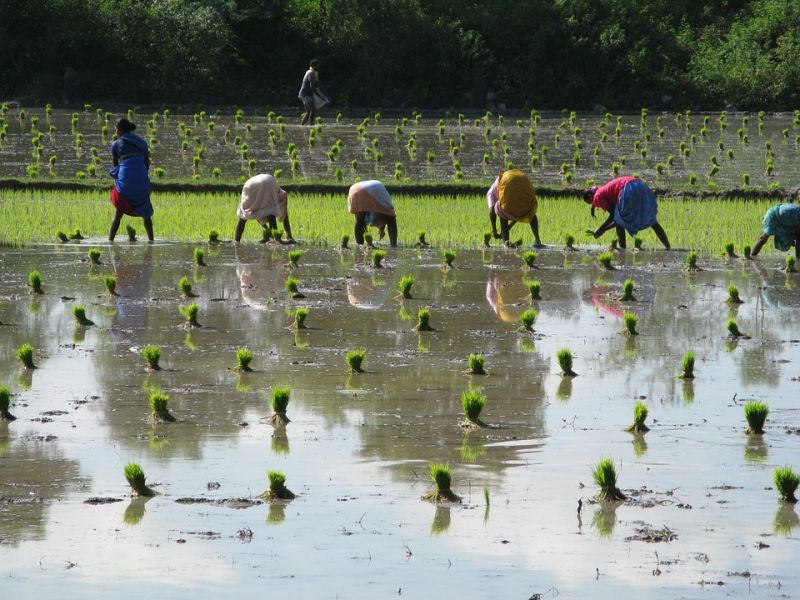Saturday 27th July 2024

The transplantation rate of paddy in Nepal is witnessing a new high, thanks to the early monsoon arrival!
Encouraged by the rain, farmers have started paddy transplantation on almost one-fourth of the country’s fields starting July 2, 2018.
According to a report from the Ministry of Agriculture (MoA) on July 3, 2018, transplantation has been done on about 22 percent of the 1.55 million hectares of paddy fields leading to a coverage of 342,631 hectares of land so far.
Going by the statistics, this is the fastest transplantation rate witnessed in many years! say officials
“The sole reason for the faster transplantation is the early monsoon which entered Nepal two days earlier this year compared to its normal schedule,” says Ram Krishna Regmi, Chief Statistician, Land Management and Cooperative (MoALMC), MoA.

“During this period, if there is good and unified rainfall, the transplantation coverage will increase,” he says further.
Regmi opines that rain is crucial for top-dressing during August as it a key factor in driving productivity. “If the rainfall pattern is as good as projected, we can expect a bumper paddy harvest of up to 5.5 million tons in the next fiscal year,” he adds.
Transplantation Trends Across Nepal – FY 2018-19
Past Trends in Paddy Plantation
Observation: The transplantation rate this year increased by 2 percent
Paddy production contributes to 20 percent of the total agricultural production in Nepal.
Also Read:
Leave a Reply